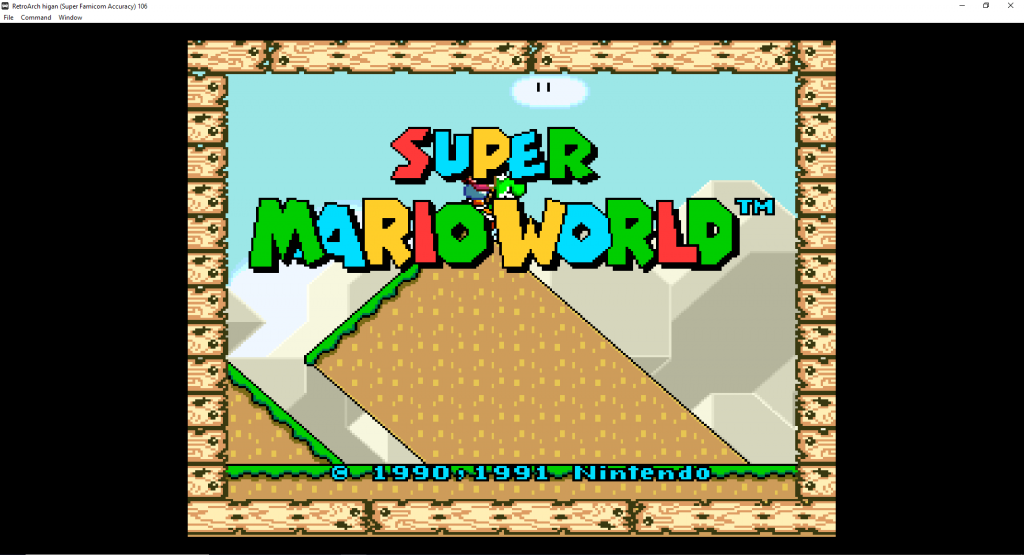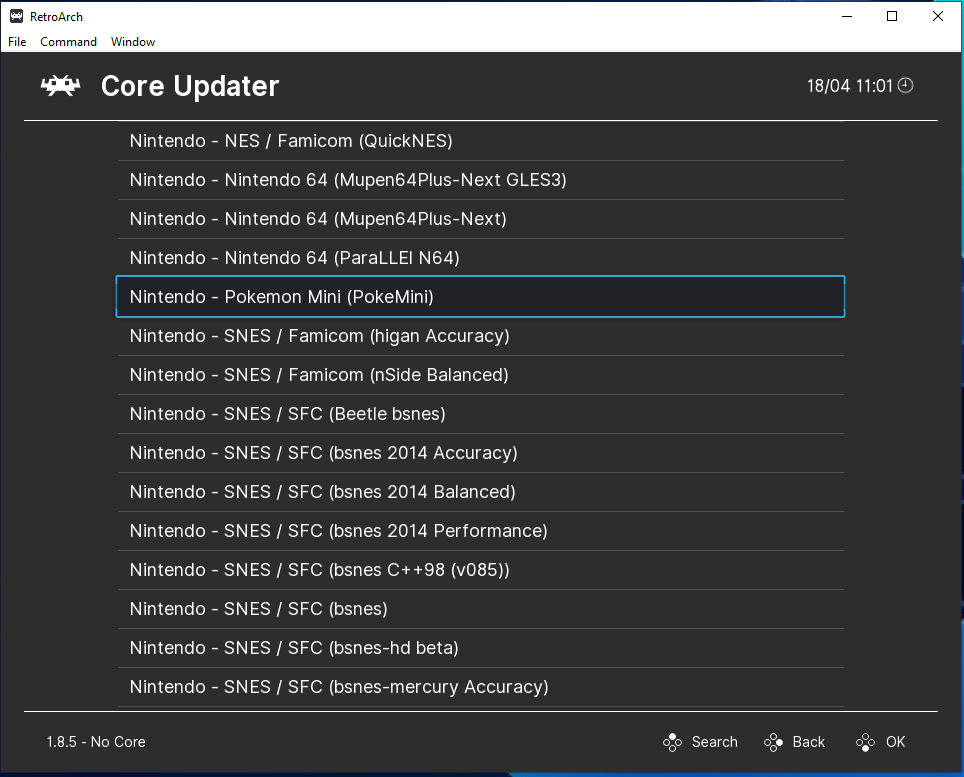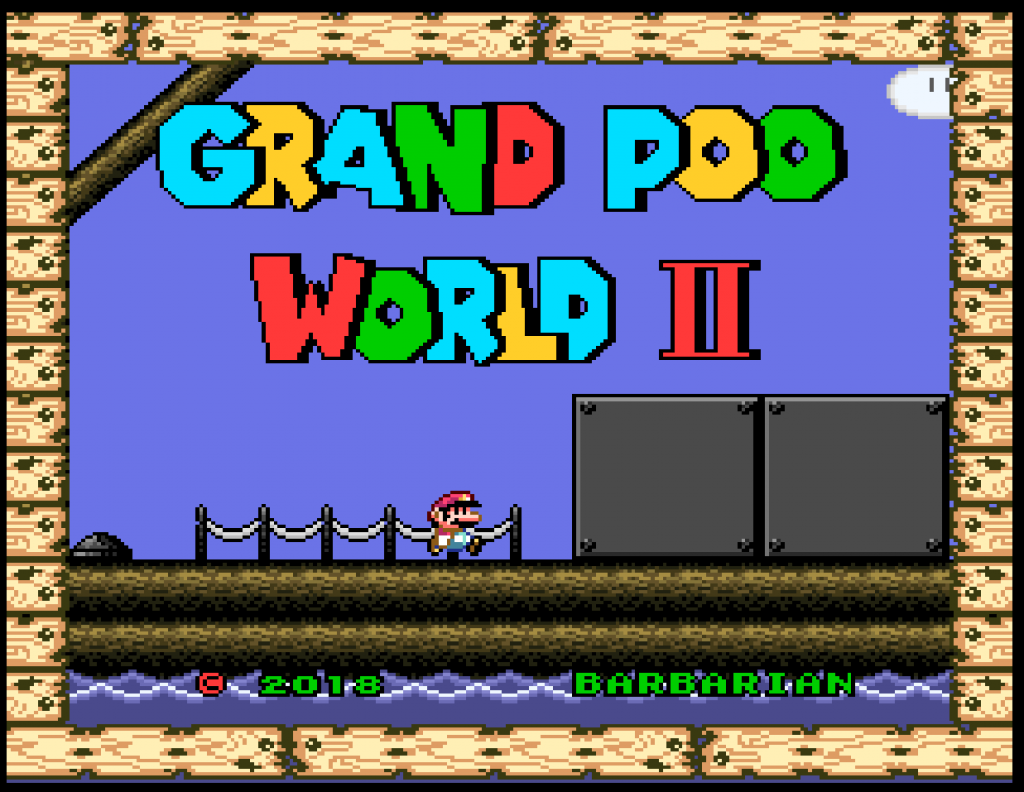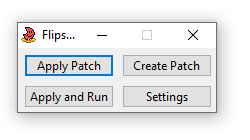How to Play Retro Game ROMs on Windows
Publikováno: 20.4.2020
Video games are always a fun time, something we desperately need during our COVID lockdown. A few years back I shared how to play retro games on Mac, as well as how to patch games to play popular ROM hacks like Grand Poo World and Invictus. One disadvantage that Macs have, however, is performance — […]
The post How to Play Retro Game ROMs on Windows appeared first on David Walsh Blog.

Video games are always a fun time, something we desperately need during our COVID lockdown. A few years back I shared how to play retro games on Mac, as well as how to patch games to play popular ROM hacks like Grand Poo World and Invictus. One disadvantage that Macs have, however, is performance — your typical gaming PC has much more power, and thus, much better gameplay. Let’s have a look at how to play retro games on Windows!
Step 1: Download & Install RetroArch

RetroArch is the free, open source software that powers video game softwares like RetroPie and Recalbox. RetroArch can be installed on just about anything, but we’ll simply install it on our Windows PC. The install is standard so no fuss needs to be made here.
Step 2: Install Emulators
After installing and opening RetroArch, choose the following menu items:
- Load Core
- Download a Core
- (Select the video game system / emulator of your choosing)

When presented with more options, like SNES, you will want to take some time to research the differences between them. For example, the “higan Accuracy” is much more resource intensive, while the snes9x is used by some popular streamers, and the bsnes 2014 Performance seems to make the games feel a bit faster. Regardless, there’s a wealth of emulators available at just one click.
Step 3: Let’s Play!
Once you have the emulators you want installed…it’s time to play! Simply drag your ROM file into the RetroArch window and RetroArch will launch the emulator that best matches the ROM format. It really is that easy.
…but where do I find and/or patch games?
Game ROMs
From a legal perspective, you’re allowed to create ROMs from games you own, but downloading them is illegal. There, I said it. This, however, is the internet, and if you stumble into ROMs via a Google search, I cannot judge you for it. It’s quite easy to do…
Patching ROMs to Create ROM Hacks

Patching ROM hacks is a big part of the retro game scene these days. Legendary Super Mario World ROM hack creators like Barbarous King and Juz Cook use Lunar Magic to transform vanilla Super Mario World into amazing new “Kaizo” experiences. I really enjoy these hacks because they take something I loved growing up and breathe new life into them. When ready these new hacks are posted to SMWCentral where they are downloaded by thousands of eager gamers.
Hacks aren’t shared as the full game though — that would be illegal — so hacks are usually bps files that need to be patched onto a clean game ROM to create the eventual modified, playable game. Some of my favorite SNES mods include Grand Poo World 2, Invictus, and Super Dram World.
Assuming you have a clean ROM of Super Mario World for SNES, we can patch it to create one of the hacks mentioned above. The application required to do the patching on Windows is Floating IPS. Floating IPS is very simple, prompting for the patch (bps) file, the ROM to apply it to, and the desired file name of the output:

That’s the traditional process for patching your own games! You can go many steps further in creating your own customizations to gameplay, like patching in a replay system!
Controls
Controls are actually the easiest part of playing games on Windows. Most emulators will allow you to use the keyboard as your controller. If you’re like me and want to use the controller native to that system, there are scores of different USB controllers available to give you the desired input experience!
As someone who loves video games and software engineering, I find the landscape of emulators, ROM hacks, game patching, and streaming incredibly fascinating. I also appreciate how ROM hackers are keeping our childhood games alive while making them more difficult and more rewarding. I also want to say that I’m really impressed with the UI improvements made to RetroArch — it’s still rough around the edges but getting the emulators installed and playable took only a few minutes.
Happy gaming!
The post How to Play Retro Game ROMs on Windows appeared first on David Walsh Blog.